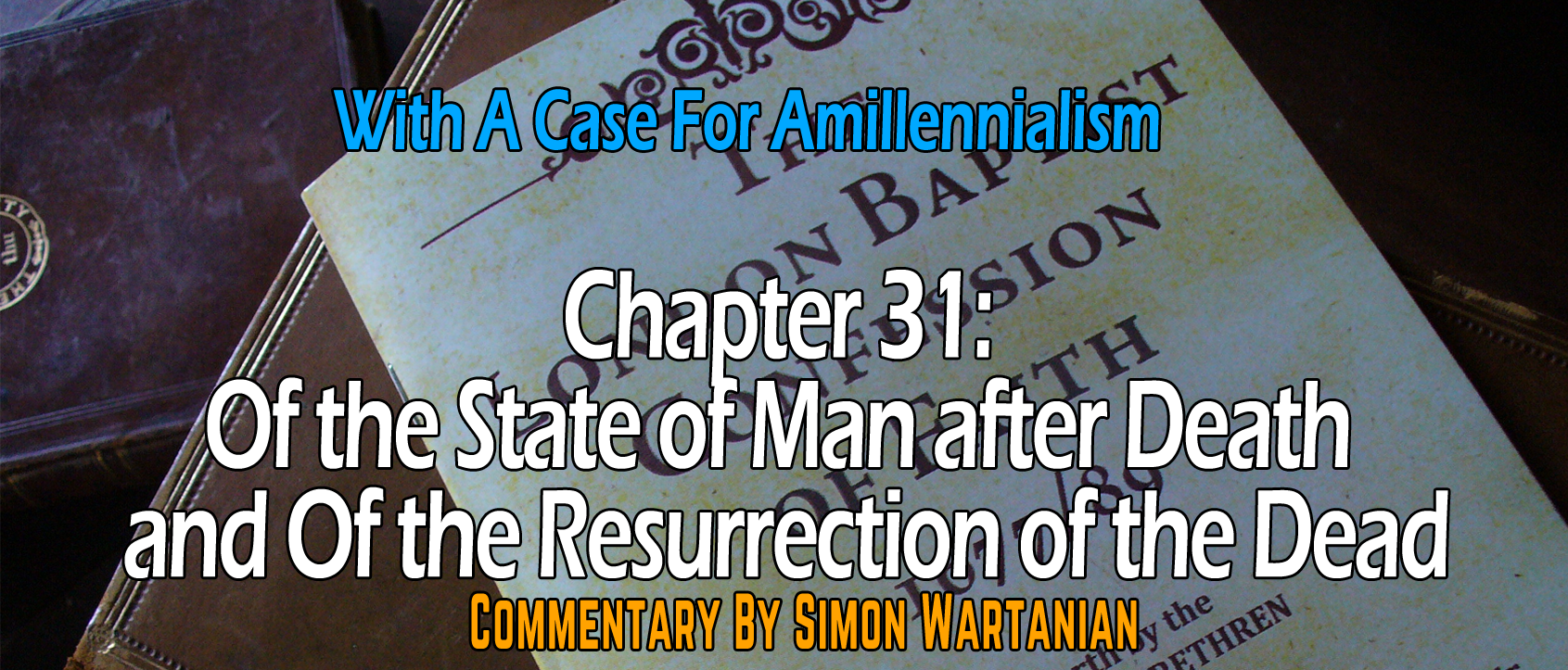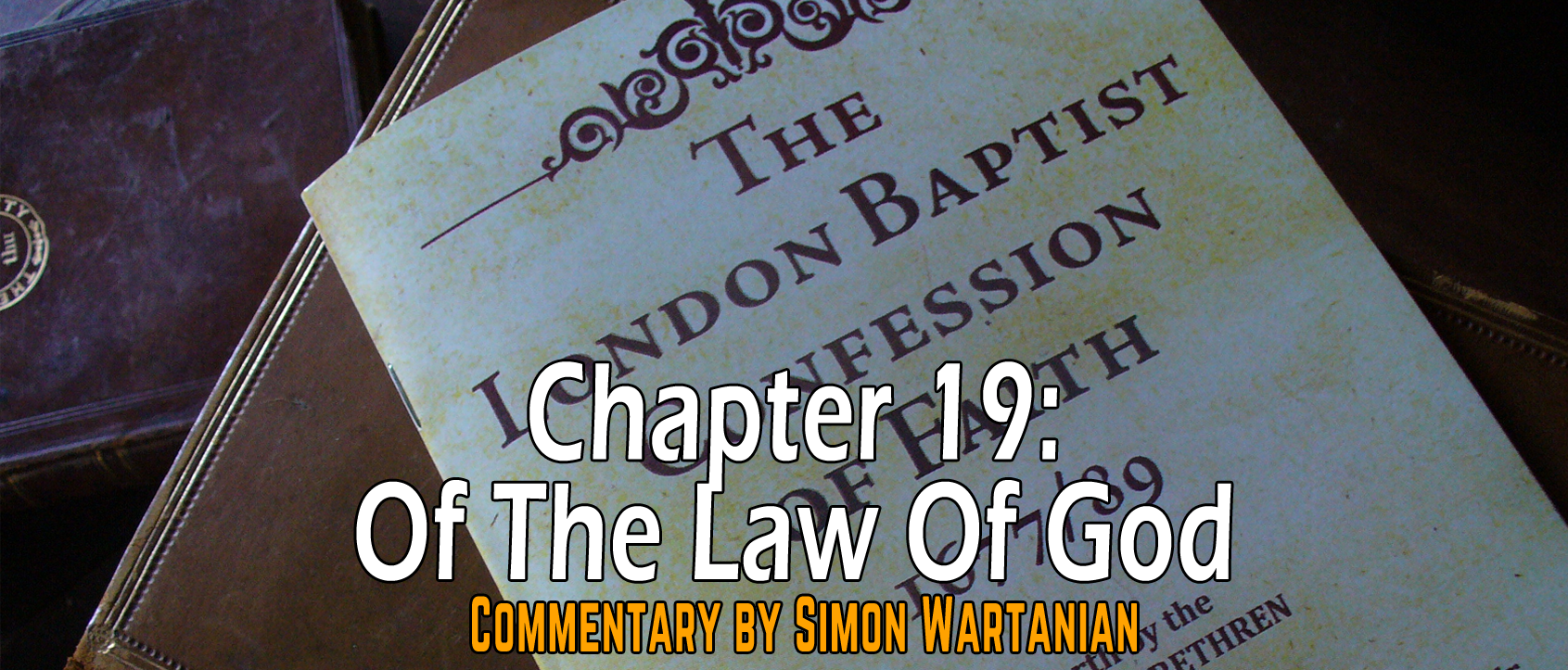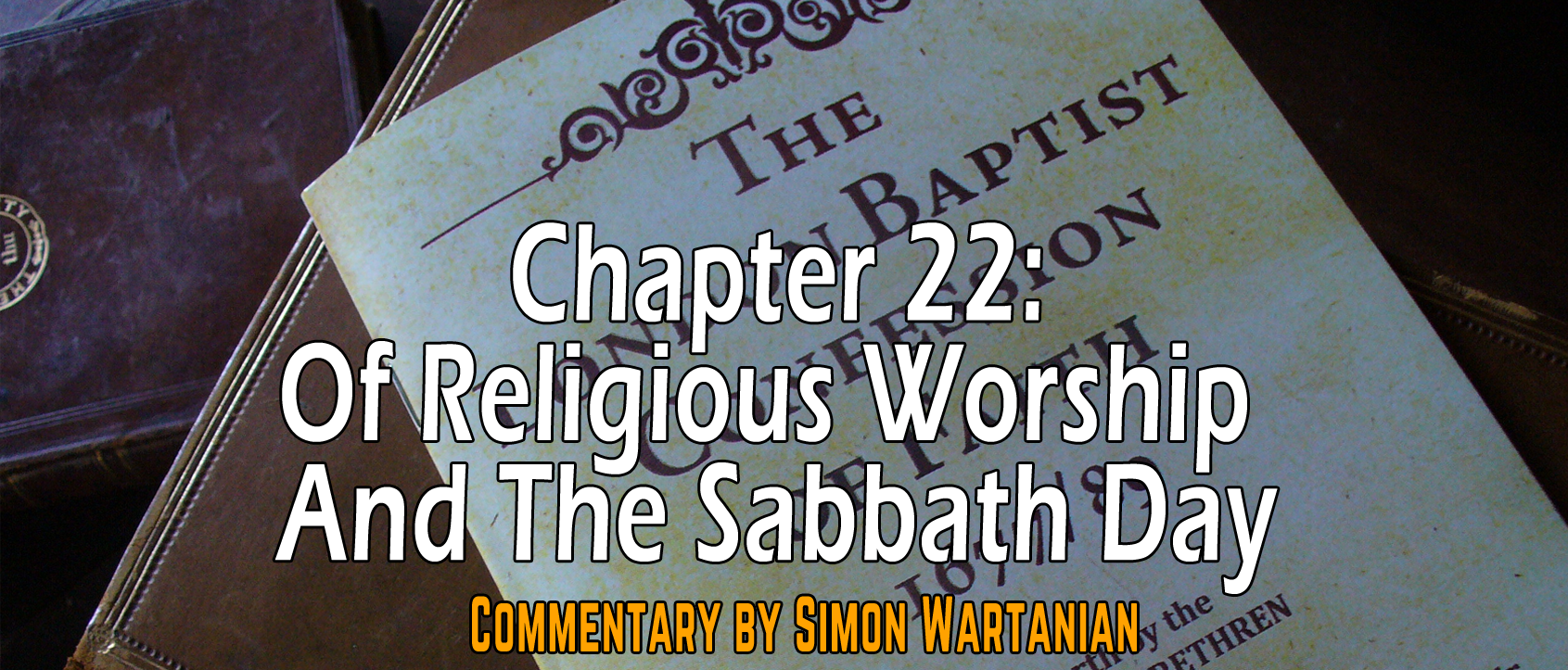The last days of Daniel in which God will set up a kingdom that cannot be shaken have already come and we are in them now! What was future for Daniel, was at hand, quick and soon for John’s readers. In Revelation, we read of the establishment of the present first stage of the Kingdom in Revelation 12. The book of Revelation is symbolical and speaks about the time since Christ’s first coming and until the consummation. We now turn our attention as to how we should read the book.
RECAPITULATION
How are we to read the book of Revelation? It seems from 1:1 that we should understand that it is a vision and thus interpret it symbolically, rather than in a wooden literal way. But still, the question stands: How are we to read it? Are we to think that the chapters follow one another in fulfillment? What I mean is: should we read the book of Revelation chronologically? In other words, do the events of chapter X necessarily follow the events of chapter Y? I do not believe so.
I believe that the book of Revelation contains seven parallel visions, which describe the whole time between Christ’s first coming and the consummation from different angles. We are speaking here of parallelism. The book of Revelation describes the events between Christ’s first coming and second coming multiple times and from different angles. This is the idealist RECAPITULATION/parallelism interpretation. According to this interpretation, the book of Revelation does not prophesy any specific events, other than those connected with the consummation, i.e., the Parousia, resurrection, judgment, and the New Heavens and New Earth. A lot of the symbols and the things written in the Revelation are non-temporal truths about the war between the Kingdom of Man and the Kingdom of God. I do not pretend that I fully understand the book of Revelation. I still have many questions. But I do say that I see a parallelism which I cannot deny. Most importantly, recognizing that the book of Revelation is symbolical, I come to it with all the clear and didactic teachings of the New Testament in mind and in the forefront to interpret the Revelation in the light thereof. Importantly, to say that the Revelation predicts no specific event (aside from those connected with the consummation) and the symbols are largely non-temporal so that they are as much true to its first readers as to us two thousand years later, is not to say that there is no chronological order at all. I also believe in Progressive Parallelism. This says that the visions or cycles of visions move progressively from the first to the Second Coming of Christ and each vision reveals more about the time in between and what will happen.
There have been generally seven parallel visions identified in the book of Revelation, corresponding to its manifold use of the number seven symbolically (e.g., Rev. 1:4; 4:5; 5:1, 6; etc.), which generally symbolizes completion and/or perfection. This means then that these seven visions show us the complete picture which God wants His servants to have for the time between the two comings of Christ. The chapters are generally divided in this way:
- Vision #1: Revelation 1-3
- Vision #2: Revelation 4-7
- Vision #3: Revelation 8-11
- Vision #4: Revelation 12-14
- Vision #5: Revelation 15-16
- Vision #6: Revelation 17-19 ...



